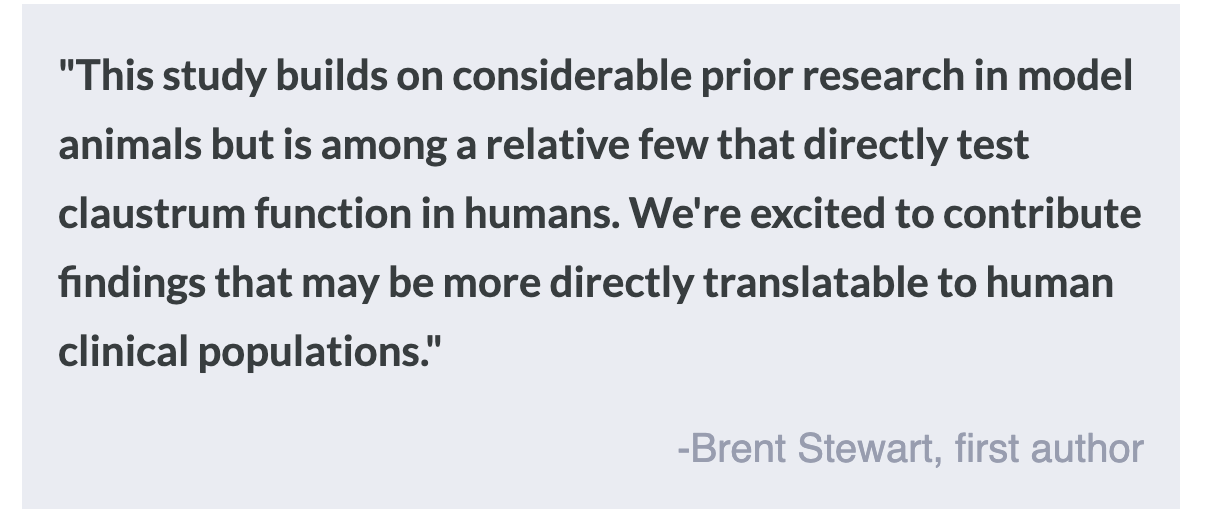Antibody Therapy Slows Symptoms in Rapidly Progressing Parkinson’s Disease
Post by Baldomero B. Ramirez Cantu
The takeaway
Treatment with the monoclonal antibody Prasinezumab slows the progression of motor deficits in individuals with Parkinson's disease, particularly in subpopulations characterized by rapid progression.
What's the science?
Parkinson's disease (PD) is a progressive neurological disorder characterized by tremors, stiffness, and impaired movement due to the loss of dopamine-producing neurons in the brain. Monoclonal antibody treatments involve the use of antibodies that target specific proteins implicated in disease processes, promoting clearance of pathological agents, and offering a promising avenue for targeted therapeutic intervention. Recently, the use of monoclonal antibody therapy has shown promise for the treatment of Alzheimer’s disease, however, these treatments remained relatively unexplored for Parkinson's disease. This week in Nature Medicine, Gennaro Pagano and colleagues published an article exploring the impact of the monoclonal antibody Prasinezumab on the progression of motor symptoms in PD.
How did they do it?
Researchers analyzed data collected during the Trial of Prasinezumab in Early-Stage Parkinson’s Disease or PASADENA study, which involved screening 443 individuals, with 316 ultimately enrolled. Participants were randomly assigned to receive either a placebo or varying doses of Prasinezumab (1,500 mg or 4,500 mg).
The progression of motor signs was assessed using the Movement Disorder Society Unified Parkinson's Disease Rating Scale (MDS-UPDRS) Part III score, a tool for evaluating the severity of motor symptoms in PD patients. This assessment was conducted over 52 weeks, allowing for longitudinal tracking of changes in motor function. Subpopulations were defined based on factors such as the participants’ use of monoamine oxidase B (MAO-B) inhibitors, Hoehn and Yahr stage, presence of rapid eye movement (REM) sleep behavior disorder, and motor subphenotypes.
Linear regression models were employed to analyze the relationship between Prasinezumab treatment and the progression of motor signs within each subpopulation. These analyses were adjusted for potential confounding variables, such as concurrent drug usage and genetic susceptibilities.
What did they find?
Participants in rapidly disease-progressing subpopulations exhibited a greater benefit from Prasinezumab treatment compared to those in non-rapidly progressing subpopulations. Specifically, individuals treated with MAO-B inhibitors at baseline showed a more pronounced treatment effect, as evidenced by a greater reduction in the progression of motor signs compared to individuals who did not receive the monoclonal antibody treatment. Similarly, participants with more advanced disease stages, as indicated by higher Hoehn and Yahr stage, also demonstrated a more favorable response to Prasinezumab treatment.
These findings show that Prasinezumab is effective at slowing the progression of motor deficits in Parkinson's disease, and appears to have differential effects based on the underlying characteristics of patients, with greater benefits observed in subpopulations characterized by more rapid disease progression.
What's the impact?
This study identified a treatment capable of slowing down the progression of motor symptoms in PD, specifically in the subpopulation experiencing rapid progression. Research like this is critical to developing effective therapies for alleviating motor symptoms in individuals with PD.




